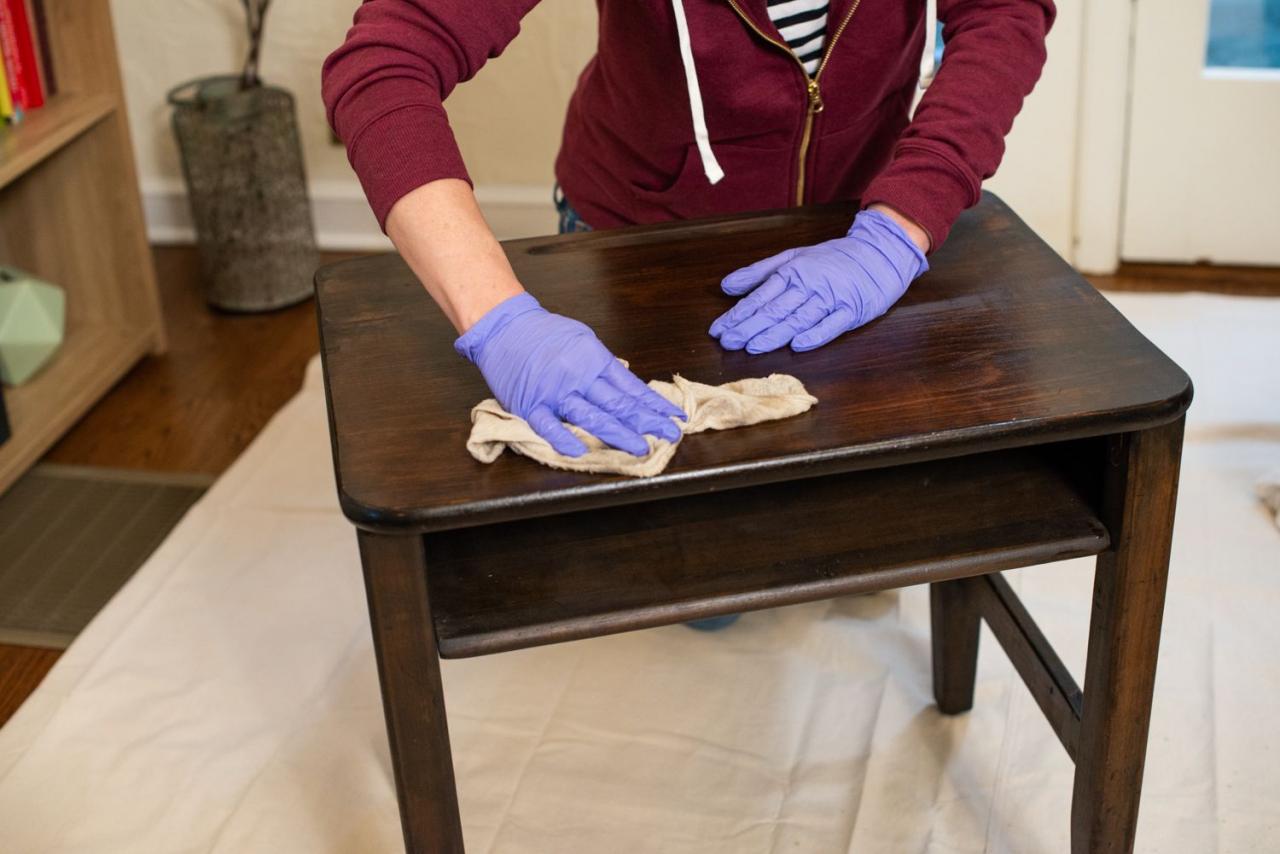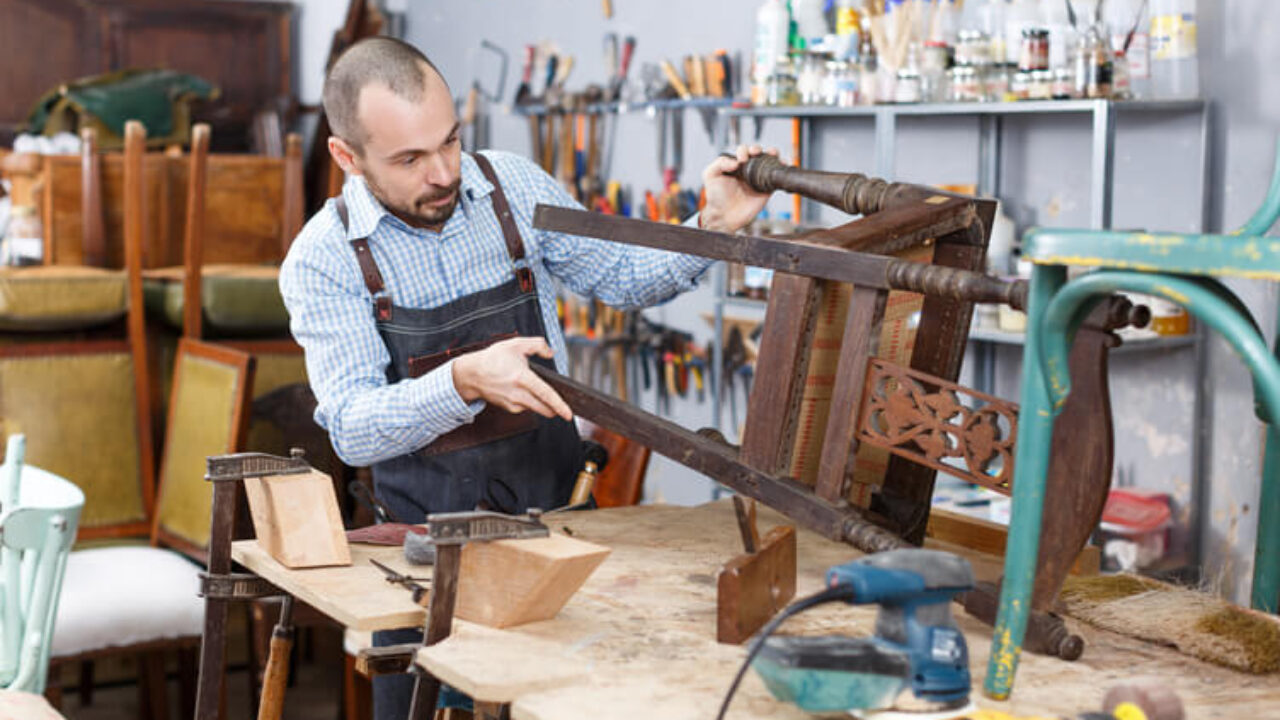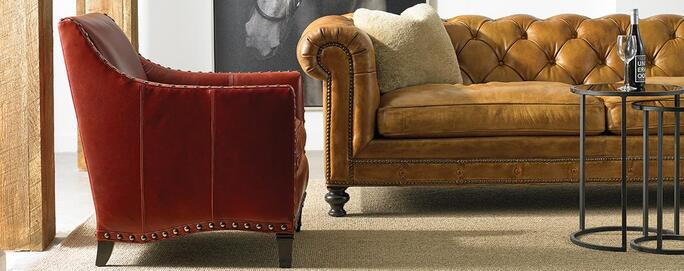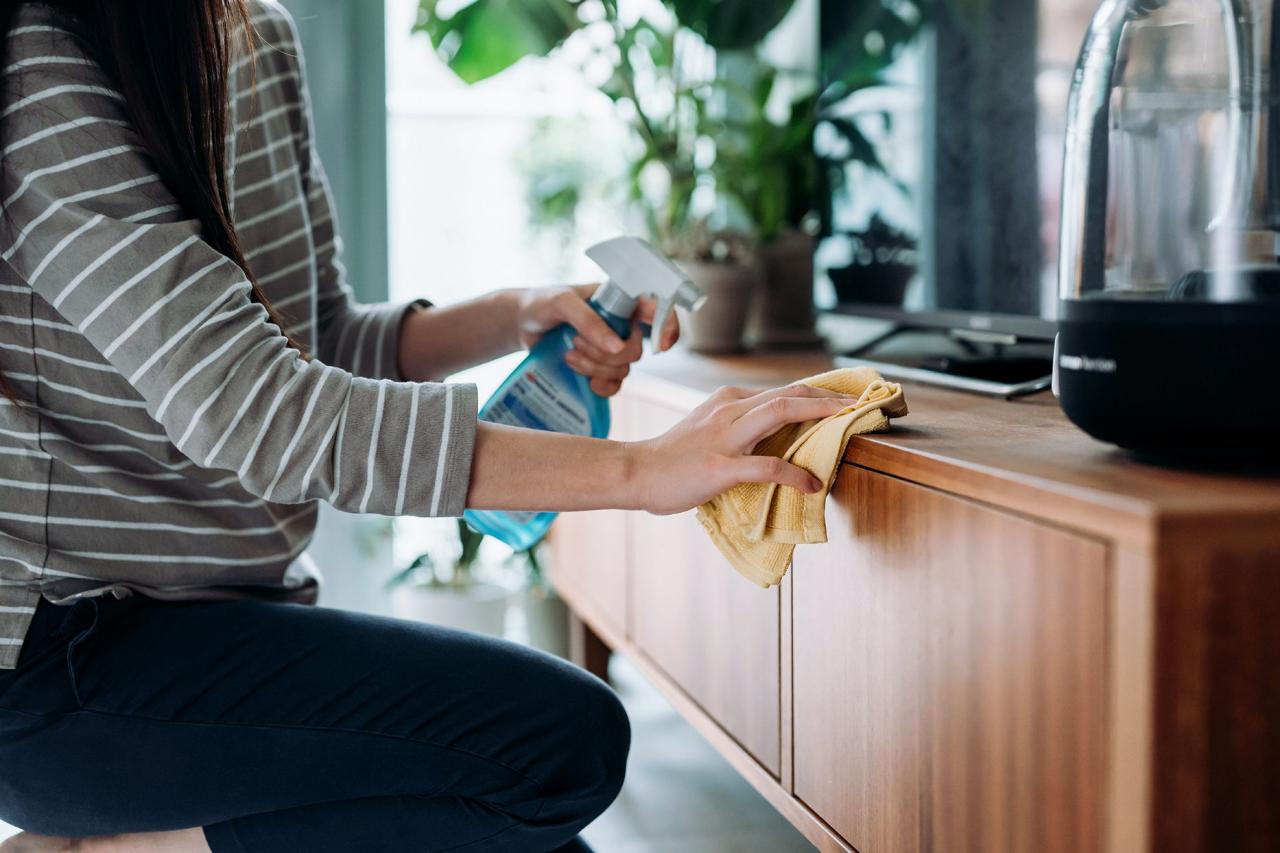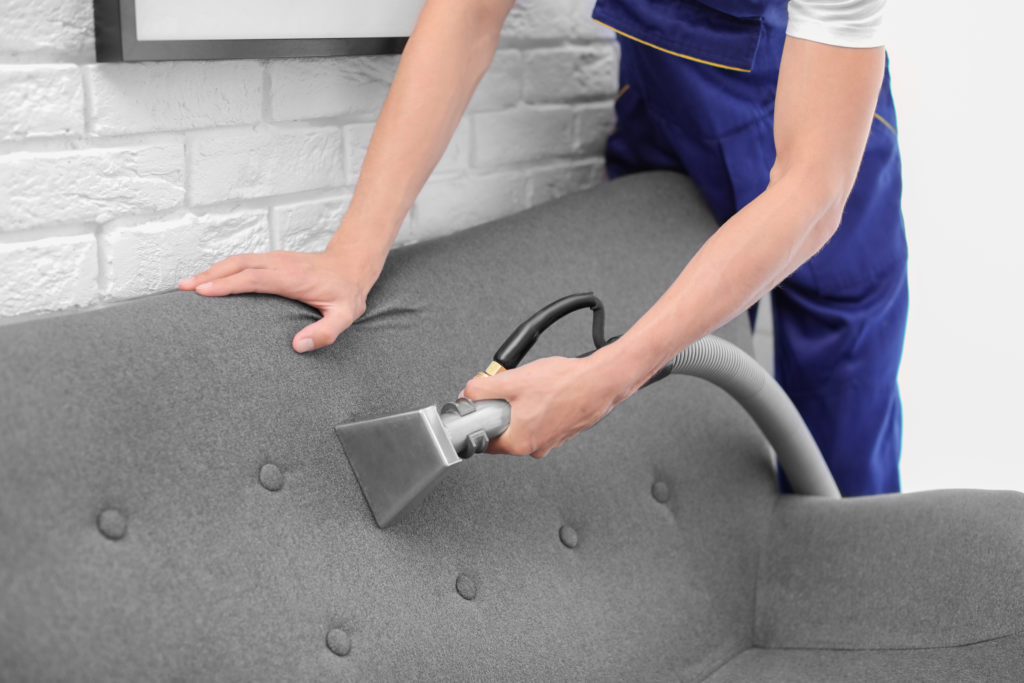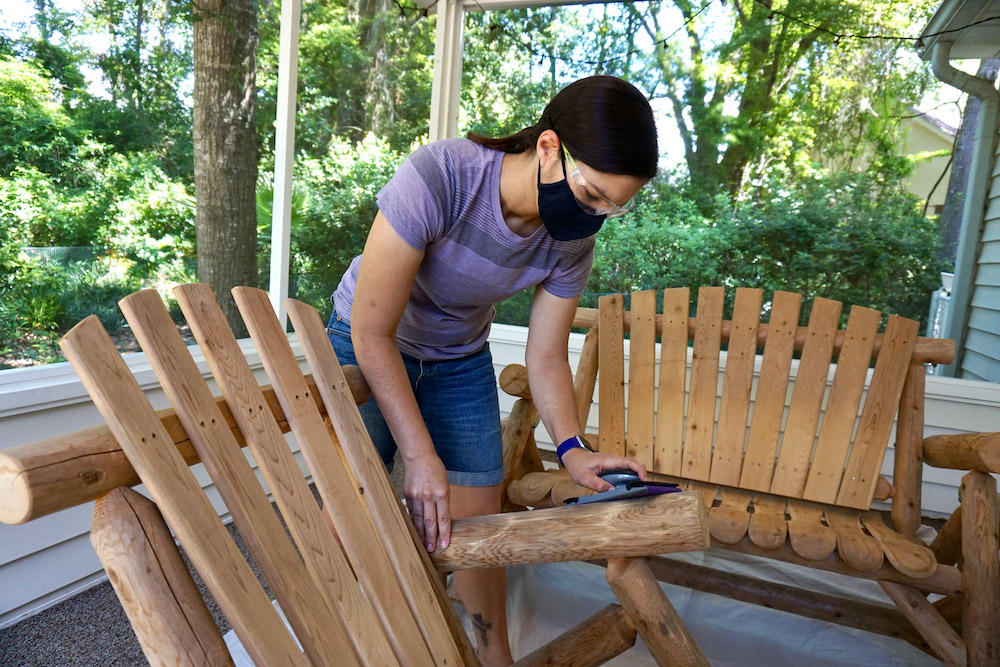Fabric furniture can bring elegance and style to any room, but it also comes with its own set of challenges – stains. From spilled wine to muddy paw prints, fabric furniture is prone to getting dirty. However, fear not! In this article, we will explore some creative and effective ways to remove stains from fabric furniture, allowing you to maintain the beauty and comfort of your beloved pieces for years to come. Let’s dive in!
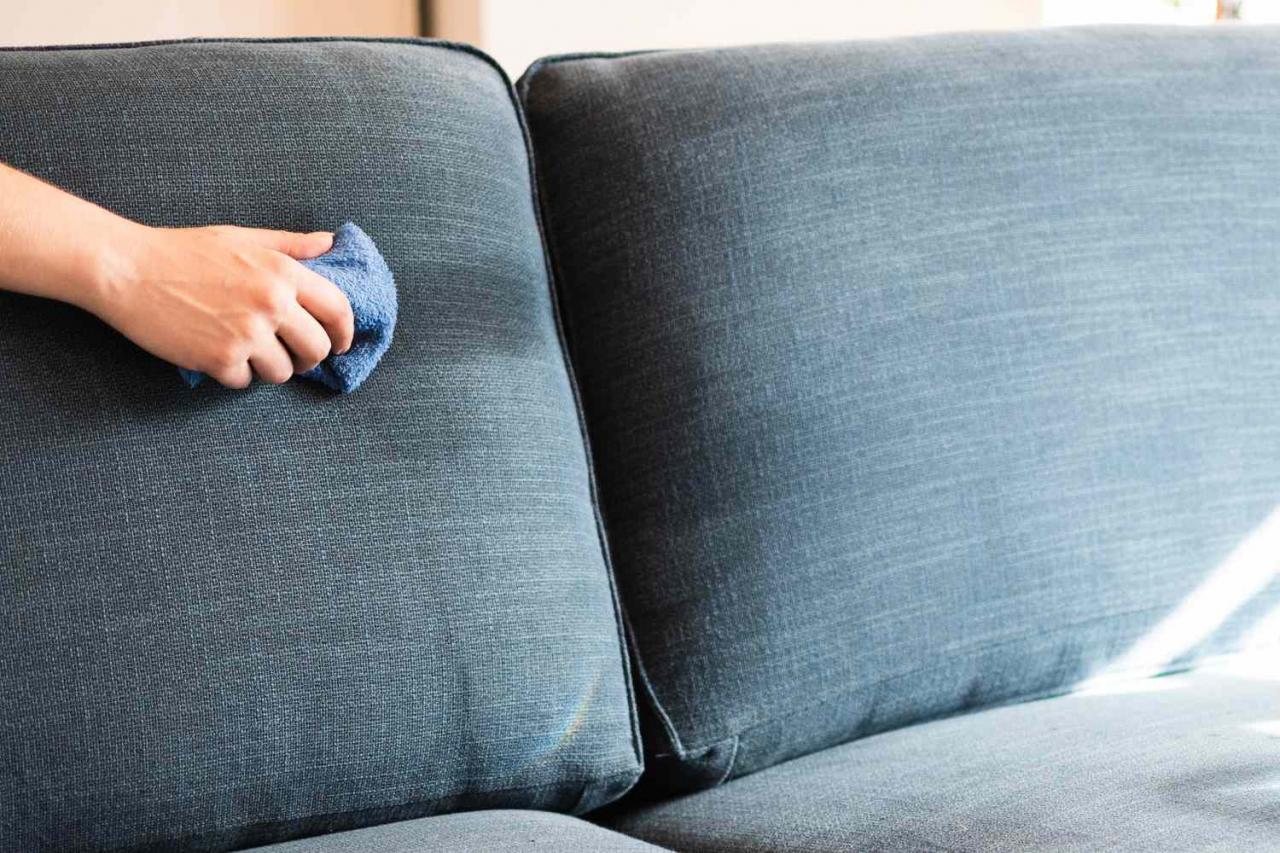
Preventative measures to keep your fabric furniture looking like new
Fabric furniture can add a touch of elegance and warmth to any room, but it can also be prone to stains and spills. To keep your fabric furniture looking like new, it’s important to take preventative measures to protect it from damage. Here are some tips to help you maintain the beauty of your fabric furniture:
- Use Slipcovers: Consider using slipcovers to protect your fabric furniture from spills and stains. Slipcovers can easily be removed and washed, making them a convenient and effective way to keep your furniture looking like new.
- Rotate Pillows and Cushions: To prevent uneven wear and tear on your fabric furniture, make sure to regularly rotate the pillows and cushions. This will help distribute the weight and pressure evenly, extending the life of your furniture.
- Keep Pets and Children in Mind: If you have pets or children, it’s important to choose a durable and stain-resistant fabric for your furniture. You can also use blankets or throws to protect your furniture from pet hair, scratches, and spills.
- Use Fabric Protector: Consider applying a fabric protector to your furniture to create a barrier against spills and stains. Fabric protectors can help repel liquids and make it easier to clean up any accidents before they become stains.
Common types of stains and how to effectively remove them
When it comes to fabric furniture, stains are inevitable. Whether it’s a spill from a glass of red wine or a smudge of chocolate from a sneaky treat, knowing how to properly remove stains is essential for keeping your furniture looking its best. Here are some common types of stains you might encounter and how to effectively tackle them:
- Red wine: Blot the stain with a clean, damp cloth and then sprinkle salt over the area. Let it sit for a few minutes before gently rubbing the fabric. Rinse with cold water and repeat if necessary.
- Coffee: Mix together equal parts white vinegar and water, then dab the solution onto the stain with a cloth. Blot with a clean, dry cloth until the stain lifts.
- Grease/oil: Sprinkle cornstarch or baking soda over the stain and let it sit for at least 15 minutes. Vacuum up the powder and gently scrub the area with a mixture of dish soap and warm water.
Remember, it’s essential to always spot test any cleaning solution on a hidden area of the fabric before applying it to the stain. And never rub fabric too aggressively, as this can damage the fibers. With the right approach, you can keep your fabric furniture looking fresh and clean for years to come.
Specialized cleaning products and techniques for stubborn stains
If you’re dealing with stubborn stains on your fabric furniture, fear not! There are specialized cleaning products and techniques that can help you effectively remove even the toughest of stains. From red wine spills to ink stains, these tips will have your fabric furniture looking like new in no time.
Specialized Cleaning Products:
- Stain Remover: Invest in a high-quality stain remover specifically designed for fabric upholstery.
- Color-safe Bleach: For tough stains like coffee or tea, opt for a color-safe bleach to lift the stain without damaging the fabric.
- Enzyme Cleaner: Ideal for organic stains like pet accidents, an enzyme cleaner breaks down the stain at a molecular level.
Techniques for Stubborn Stains:
- Blot, Don’t Rub: When dealing with a fresh stain, blot the area with a clean cloth to absorb as much of the liquid as possible.
- Use Cold Water: Always use cold water when treating stains to prevent them from setting further into the fabric.
- Test in an Inconspicuous Area: Before applying any cleaner to the stain, test it in a hidden area to ensure it won’t damage or discolor the fabric.
Professional advice on maintaining the integrity of your fabric furniture
When it comes to maintaining the integrity of your fabric furniture, it’s important to know how to effectively remove stains without causing damage. Here are some professional tips to help you keep your fabric furniture looking clean and fresh:
- Act quickly: The key to removing stains from fabric furniture is to act fast. The longer a stain sits, the harder it will be to remove.
- Blot, don’t rub: When dealing with a stain, always blot the area with a clean cloth or paper towel. Rubbing can cause the stain to spread and set into the fabric.
- Use the right cleaning products: Be sure to use a cleaning solution that is safe for the type of fabric on your furniture. Test a small, inconspicuous area first to ensure the cleaner won’t cause damage.
| Stain Type | Recommended Cleaner |
|---|---|
| Food and drink | Mild dish soap mixed with water |
| Ink | Isopropyl alcohol |
| Grease or oil | Cornstarch or baking soda |
| Mildew | Vinegar and water solution |
By following these professional tips and using the right cleaning products, you can effectively remove stains from your fabric furniture without compromising its integrity. Remember to always spot test first and to never rub the stain, as this can cause further damage to the fabric. With a little care and attention, you can keep your fabric furniture looking like new for years to come.
In conclusion, learning how to remove stains from fabric furniture can save you both time and money in the long run. By following these simple tips and techniques, you can keep your beloved furniture looking fresh and new for years to come. So don’t let those pesky stains dampen your mood – tackle them head-on and restore your furniture to its former glory. With a little perseverance and the right tools, you’ll be amazed at the results you can achieve. Happy cleaning!




